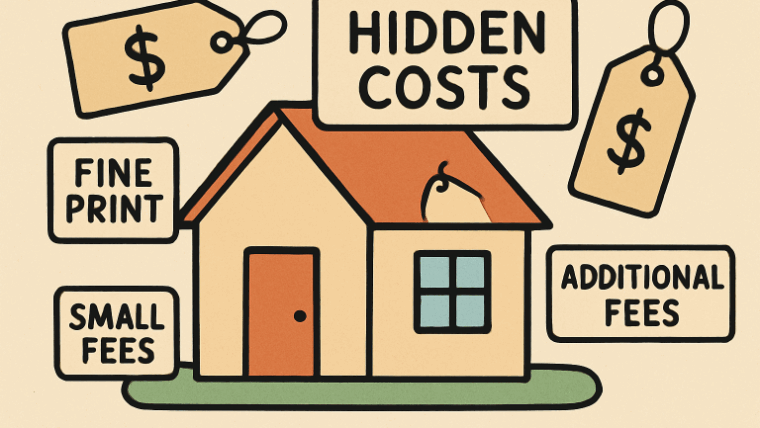
A home should provide comfort and security. It should also be energy efficient. Energy-efficient doors and windows keep homes cool in summer and warm in winter. They can also lower household energy consumption by reducing the need to turn on air conditioning and heating systems. Moreover, they reflect part of the ultraviolet light from sunlight. It can protect interior furnishings from fading prematurely.
Table of Contents
Security
Door and window upgrades are often the last things on homeowners’ energy efficiency to-do lists, but they can make a big difference. They reduce the air that passes in and out of a home, saving energy and decreasing utility bills. They also increase a home’s value as buyers look for energy-efficient options. When choosing a Florida window and door, look for the ENERGY STAR label as a fantastic starting point. It will help you compare products and their performance ratings for the climate where you live. You can also check out NFRC ratings, which are more detailed and include information like U-factor, SHGC, visible transmittance and air infiltration.
The type of materials and cores that are used to make doors and windows affect their energy efficiency. For example, old wood doors have minimal insulating properties, but modern ones can use fiberglass and foam layers to reduce heat transfer. Energy-efficient windows can also use coatings to reduce emissivity and fillings like argon gas to provide more insulation.
Insulation
Insulation keeps heat from escaping your home during cold seasons and warm air from entering in summer, which decreases the need for artificial heating or cooling and lowers your energy costs. It also improves comfort by reducing drafts and temperature fluctuations throughout your living spaces. Many types of insulation and materials, from fiberglass to cellulose, are made from recycled paper products and plant fibers. Their effectiveness is measured by a rating called the R-value. R-values vary among different types of home insulation, so it’s important to research the style and material that best fits your specific needs and budget. A professional home audit is the best way to determine which areas of your home most need insulation. However, for a simple test at home, you can use an infrared laser thermometer to see whether your windows let in drafts. If they do, considering an energy-efficient replacement is a good idea.
Air Leakage
Over time, the seals around your windows will deteriorate, causing drafty conditions in your home. This problem is easily fixed by caulking or weather stripping. These affordable, quick-fix projects can save you money on your energy bills while making your home more comfortable and healthy. When outside air inadvertently enters your home through cracks and gaps, air leakage occurs, resulting in excessive energy expenditures and poor indoor air quality. It also forces your heating and cooling system to work harder than it needs to, shortening its service life.
One-third of the energy you pay for escapes from your home through obscure cracks and crevices. These components include doors, windows, electrical outlets, plumbing, chimneys, attics, and crawl spaces. Identifying and sealing these air leaks is one of the most cost-effective, fastest-payback home improvements you can make. In most cases, slim gaps can be filled with caulking, while larger holes may need a foam sealant.
UV Light
While insulated doors and windows provide some energy savings, you can further limit the amount of solar heat that enters your home by choosing windows with a low-E coating. It is a razor-thin layer of metal oxide that optimizes a window’s thermal performance and helps prevent UV light from moving through the glass. UV rays are known to cause furniture and rugs to fade over time. A sanitizing UV light can help keep your HVAC system clean by destroying the mold and viruses circulating in your airflow. It helps reduce allergies, respiratory ailments and other diseases resulting from long-term exposure to microbial pollutants. UV lights use electricity to function, but the amount of energy they consume depends on the wattage of the bulb. Choose a lower-wattage bulb to save energy and money. You can also consider installing a coil sanitizer to cut down on the toxic contaminants circulating in your home.


